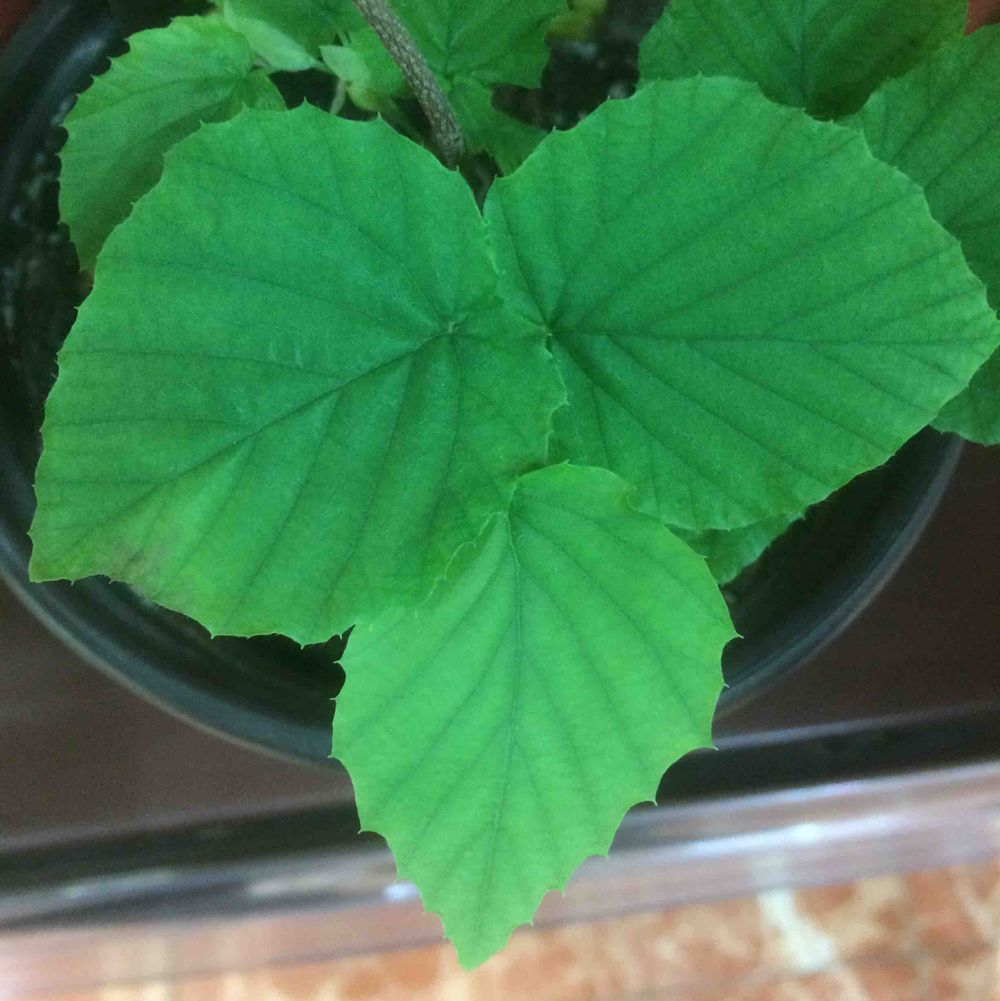Witch-hazel tree
(Hamamelis)

Description
Witch-hazels or witch hazels (Hamamelis) are a genus of flowering plants in the family Hamamelidaceae, with three species in North America (H. ovalis, H. virginiana, and H. vernalis), and one each in Japan (H. japonica) and China (H. mollis). The North American species are occasionally called winterbloom. The witch-hazels are deciduous shrubs or (rarely) small trees growing to 3.0–7.6 metres (10–25 ft) tall, even more rarely to 12 m (40 ft) tall. The leaves are alternately arranged, oval, 5.1–15.2 cm (2–6 in) long and 2.5–10.2 cm (1–4 in) broad, with a smooth or wavy margin. The genus name, Hamamelis, means "together with fruit", referring to the simultaneous occurrence of flowers with the maturing fruit from the previous year. H. virginiana blooms in September–November while the other species bloom from January–March. Each flower has four slender strap-shaped petals 0.95–1.91 centimetres (3⁄8–3⁄4 in) long, pale to dark yellow, orange, or red. The fruit is a two-part capsule 0.95 centimetres (3⁄8 in) long, containing a single 0.64 centimetres (1⁄4 in) glossy black seed in each of the two parts; the capsule splits explosively at maturity in the autumn about 8 months after flowering, ejecting the seeds with sufficient force to fly for distances of up to 9.1 m (30 ft), thus another alternative name "snapping hazel". The name witch in witch-hazel has its origins in Middle English wiche, from the Old English wice, meaning "pliant" or "bendable", and is not related to the word witch meaning a practitioner of magic. Jacob George Strutt's 1822 book, Sylva Britannica attests that "Wych Hazel" was used in England as a synonym for wych elm, Ulmus glabra; The use of the twigs as divining rods, just as hazel twigs were used in England, may also have, by folk etymology, influenced the "witch" part of the name. Hamamelis virginiana was introduced into English gardens by Peter Collinson, who maintained correspondence with plant hunters in the American colonies. Nowadays, it is rarely seen in the nursery trade except for woodland/wildlife restoration projects and native plant enthusiasts. Much more common is H. mollis, which has bright yellow flowers that bloom in late winter instead of the yellow blossoms of H. virginiana which tend to be lost among the plant's fall foliage. The plant-hunter Charles Maries collected for Veitch Nurseries in the Chinese district of Jiujiang in 1879.
Taxonomic tree:







